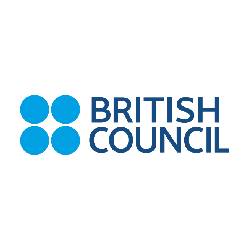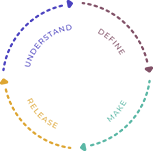Full Stack Development
Full Stack Development refers to the development of both the frontend (client-side) and backend (server-side) of web applications. A full stack developer is proficient in working across the complete technology stack required to build a functional product — from designing user interfaces to managing databases and servers.
Key Components
1. Frontend
Technologies like HTML, CSS, JavaScript, React, Angular, or Vue.js are used to build responsive and interactive user interfaces.
2. Backend
Server-side languages such as Node.js, Python, PHP, Java, or Ruby handle business logic, authentication, and APIs.
3. Databases
SQL (MySQL, PostgreSQL) or NoSQL (MongoDB) databases are used for data storage and retrieval.
4. Version Control
Tools like Git and GitHub help manage codebases and collaboration.
5. DevOps & Deployment
Platforms like AWS, Heroku, Docker, and CI/CD pipelines are used for deployment and infrastructure.
Popular Full Stack Stacks
- MERN Stack: MongoDB, Express.js, React, Node.js
- MEAN Stack: MongoDB, Express.js, Angular, Node.js
- LAMP Stack: Linux, Apache, MySQL, PHP
- JAM Stack:JavaScript, APIs, Markup (usually with static site generators)
Benefits of Full Stack Development
- Faster development cycles and MVP creation
- Greater flexibility in problem-solving
- Cost-effective for startups and small teams
- End-to-end understanding of the project
Future of Full Stack Development
The future of software development is deeply tied to AI advancements. As AI models become more sophisticated, we can expect smarter programming environments, increased automation, and more adaptive systems that learn from user behavior and usage patterns.

.jpg)







